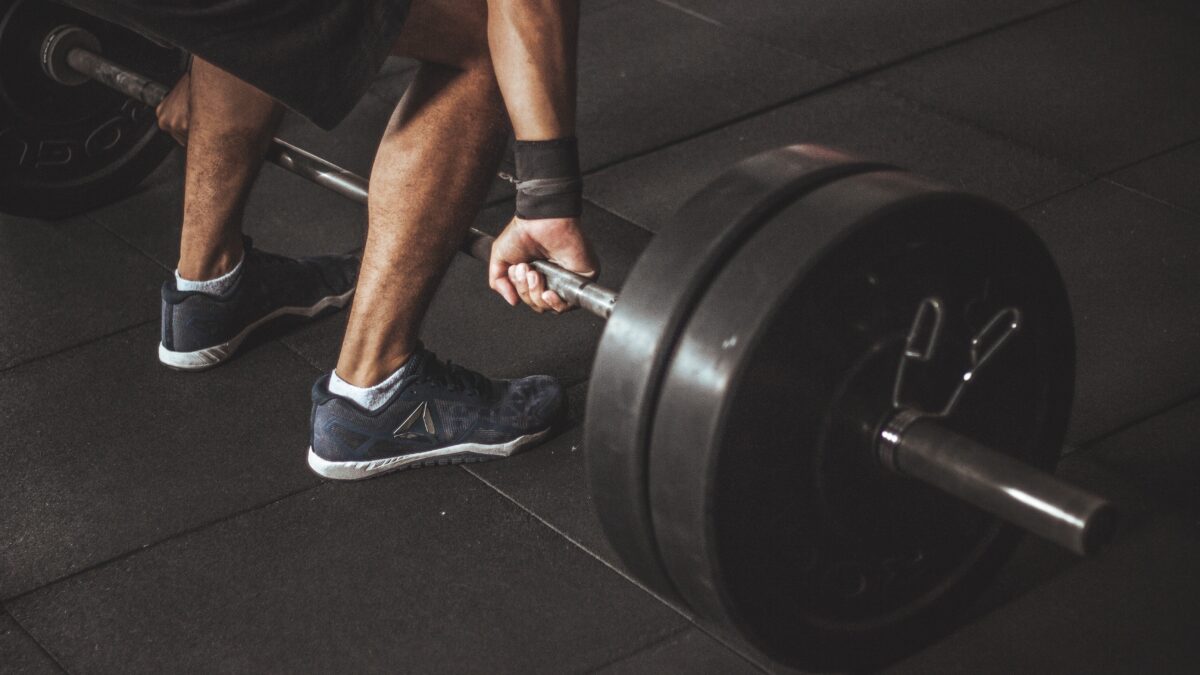As athletes, we strive to reach peak performance and excel in our respective sports. One crucial element that significantly contributes to athletic success is strength training. Regardless of the sport you engage in, incorporating proper strength training exercises into your routine can enhance your overall athletic performance. In this blog post, we will delve into the importance of strength training for athletes and provide valuable tips to maximize its benefits.
The Importance of Strength Training:
Strength training plays a fundamental role in developing the physical attributes necessary for athletic excellence. It helps improve muscle strength, power, endurance, and overall body composition. By engaging in targeted resistance exercises, athletes can enhance their speed, agility, explosiveness, and injury-prevention capabilities. Furthermore, strength training promotes bone density, joint stability, and metabolic efficiency, contributing to long-term health and overall athletic longevity.
Tips for Effective Strength Training as an Athlete:
Assess Your Specific Needs
Understand the demands of your sport and identify the muscle groups that require emphasis. Tailor your strength training program accordingly to address your specific athletic goals and improve performance in key areas.
Seek Professional Guidance
Consult with a qualified strength and conditioning coach or a certified personal trainer who specializes in sports performance. They can design a program tailored to your needs, ensuring proper technique, progression, and safety.
Prioritize Compound Exercises
Focus on multi-joint movements that engage multiple muscle groups simultaneously, such as squats, deadlifts, bench presses, and lunges. These exercises mimic functional athletic movements and promote overall strength development.
Include Sport-Specific Exercises
Incorporate exercises that mimic the movements and demands of your sport. For example, basketball players can benefit from jump training and lateral movements, while swimmers can include resistance exercises targeting the upper body.
Progress Gradually
Gradually increase the intensity, volume, and complexity of your strength training program over time. This progressive overload approach stimulates continuous adaptation and avoids plateauing.
Ensure Proper Form and Technique
Maintain proper form and technique during each exercise to maximize efficiency and minimize the risk of injury. Focus on quality repetitions rather than quantity.
Allow for Recovery
Adequate rest and recovery are essential for muscle repair and growth. Schedule regular rest days and incorporate flexibility and mobility exercises into your routine to improve overall movement quality.
Conclusion:
Incorporating strength training into your athletic routine is paramount for reaching your full potential. It enhances your physical capabilities, promotes injury prevention, and contributes to long-term athletic success. By following these tips and working closely with professionals, you can design an effective strength training program that aligns with your sport-specific needs. Embrace the power of strength training and unlock your athletic potential!

